When you feel sharp, electric shocks in your throat, tongue, or ear-out of nowhere-it’s not just a bad day. It’s glossopharyngeal neuralgia (GPN), a rare but brutal nerve pain condition. Most people with GPN describe it as stabbing pain that lasts seconds but comes back again and again, often triggered by swallowing, talking, or even coughing. Standard treatments like carbamazepine or surgery don’t work for everyone. That’s where baclofen comes in.
What Is Glossopharyngeal Neuralgia?
Glossopharyngeal neuralgia affects the ninth cranial nerve-the glossopharyngeal nerve. This nerve runs from the brainstem down to your throat, tonsils, tongue, and middle ear. When it gets compressed or irritated-often by a blood vessel pressing on it-it sends false pain signals. The pain feels like a sudden, intense jolt, usually on one side of the throat. It can mimic a heart attack, a toothache, or even a seizure.
Unlike trigeminal neuralgia, which affects the face, GPN hits deeper. People often mistake it for throat infections or dental problems. Many go years without a correct diagnosis. A 2023 study in Neurology Clinical Practice found that nearly 40% of GPN patients were misdiagnosed for over two years before getting the right treatment.
Why Baclofen? It’s Not Just a Muscle Relaxant
Baclofen is best known as a muscle relaxant used for multiple sclerosis or spinal cord injuries. But its real power lies in how it works on the nervous system. It mimics gamma-aminobutyric acid (GABA), a natural brain chemical that calms overactive nerve signals. In GPN, the problem isn’t muscle spasms-it’s nerves firing wildly. Baclofen quiets those signals.
A 2021 case series published in Journal of Neurosurgery followed 18 patients with drug-resistant GPN. Twelve of them tried baclofen after failing carbamazepine or oxcarbazepine. Within two weeks, 10 showed at least a 50% drop in pain episodes. Three had near-complete relief. One patient, a 62-year-old teacher, went from 20 painful episodes a day to just two-and could finally swallow without fear.
How Baclofen Works for Nerve Pain
Baclofen doesn’t numb pain like opioids. It doesn’t block inflammation like NSAIDs. It targets the root: hyperexcitable nerves. In GPN, the glossopharyngeal nerve becomes hypersensitive. Think of it like a faulty alarm system that goes off every time someone walks by. Baclofen turns down the volume on that alarm.
It binds to GABA-B receptors in the spinal cord and brainstem, reducing how much the nerve fires. This isn’t guesswork-it’s based on how baclofen works in other nerve pain conditions like trigeminal neuralgia and diabetic neuropathy. A 2020 meta-analysis in Pain Medicine confirmed that baclofen significantly reduced pain scores in patients with neuropathic pain, especially when other drugs failed.
Dosing and How to Start
Baclofen isn’t a quick fix. It takes time to build up in your system. Doctors usually start low: 5 mg three times a day. That’s a quarter of the typical muscle spasm dose. After a week, they might increase to 10 mg three times a day if there’s no side effect. Most patients who respond see improvement in 10 to 14 days.
Some need up to 40 mg per day, split into doses. But higher doses increase the risk of drowsiness, dizziness, or weakness. You can’t just take more to get faster relief-it won’t work that way. Patience matters.
One key tip: take baclofen with food. It reduces nausea, which is common at the start. Also, never stop suddenly. Tapering off over days prevents withdrawal seizures or rebound pain. Your doctor should guide this.

Who Should Avoid Baclofen?
Baclofen isn’t for everyone. If you have kidney disease, it builds up in your body and can cause confusion or muscle weakness. People with a history of seizures should be cautious-though baclofen is used to treat some seizure types, stopping it abruptly can trigger them.
It also interacts with other CNS depressants: alcohol, benzodiazepines, sleep aids, or opioids. Mixing them can slow your breathing. If you’re on any of these, your doctor needs to know before starting baclofen.
Pregnant women? Data is limited. It’s used in some cases for spasticity during pregnancy, but only if benefits outweigh risks. Talk to your OB and neurologist together.
What If Baclofen Doesn’t Work?
Not everyone responds. About 30% of GPN patients don’t get relief from baclofen alone. That doesn’t mean you’re out of options.
Some doctors combine it with other drugs: gabapentin, pregabalin, or even low-dose tricyclic antidepressants like amitriptyline. In one 2022 study, combining baclofen with gabapentin doubled the response rate compared to either drug alone.
If medications fail, surgery becomes an option. Microvascular decompression (MVD) is the gold standard. Surgeons move the blood vessel off the nerve and insert a pad. Success rates are above 80% in experienced hands. But it’s invasive. Recovery takes weeks. Many try baclofen first because it’s non-invasive and reversible.
Real-Life Experience: A Patient’s Story
Carol, 58, from Portland, spent six months thinking she had a chronic sore throat. Antibiotics didn’t help. She stopped eating solid food. Her voice faded. Then she saw a neurologist who recognized the pattern: pain triggered by swallowing, sharp and brief, localized to the right side of her throat.
She tried carbamazepine first. It gave her dizziness and blurred vision. Next, gabapentin-no change. Her doctor suggested baclofen. She started at 5 mg three times a day. On day 12, she ate an apple without pain for the first time in over a year. By week four, she was back to cooking, talking on the phone, and laughing without flinching.
"It didn’t cure me," she says. "But it gave me my life back. That’s enough."
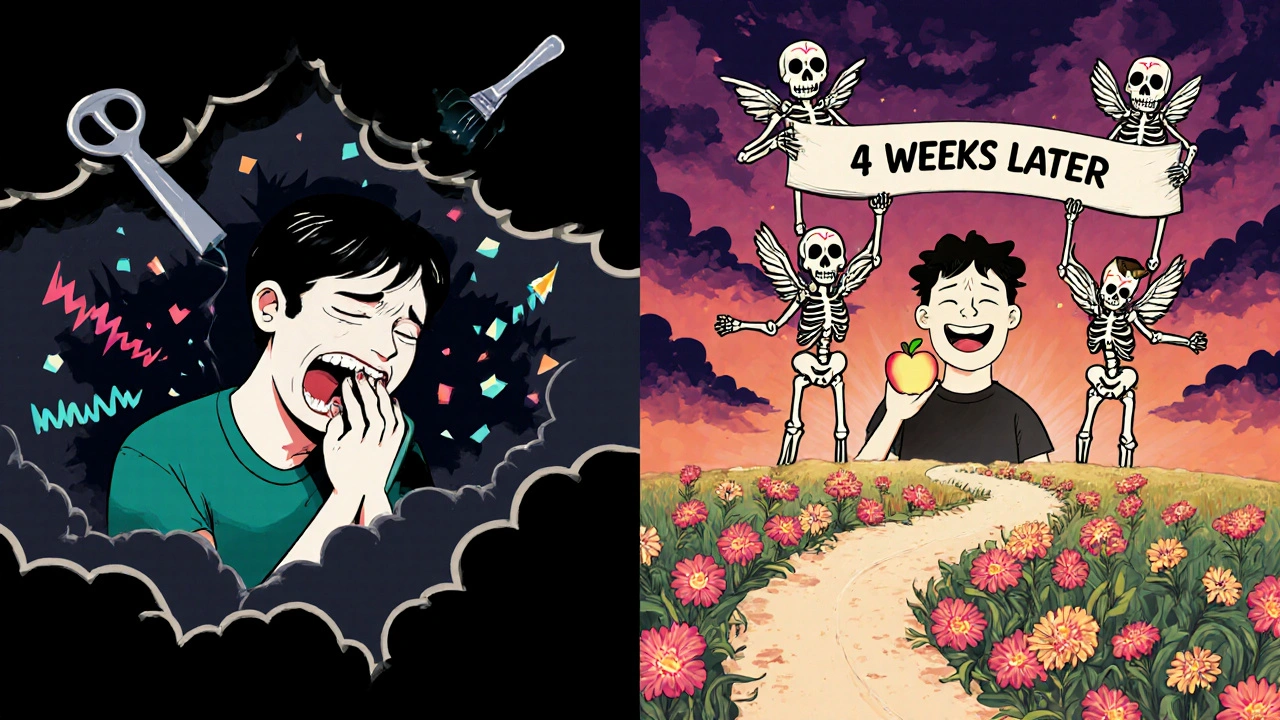
How Long Should You Try It?
Give baclofen at least 4 to 6 weeks before deciding it’s not working. Nerve pain responds slowly. If you see even a 30% improvement after a month, keep going. Some patients need months to reach the right dose.
Keep a pain diary. Note when the pain happens, how bad it is (1-10 scale), and what you were doing. This helps your doctor adjust your dose faster.
Don’t give up if the first dose feels too weak. Many patients need to go higher than they expect. One man in a 2023 study increased from 15 mg to 50 mg per day-and went from 15 pain episodes daily to zero.
Is Baclofen a Cure?
No. It’s a management tool. Like insulin for diabetes, it controls symptoms but doesn’t fix the underlying nerve irritation. For some, the pain returns if they stop taking it. Others find their body adapts and can reduce the dose over time.
There’s no evidence baclofen damages nerves or makes GPN worse. But it’s not a long-term solution for everyone. Some eventually need surgery. Others stay on low doses for years with good control.
Bottom Line: Baclofen as a Real Option
If you have glossopharyngeal neuralgia and standard drugs haven’t helped, baclofen deserves a serious try. It’s cheap, widely available, and backed by growing clinical evidence. It’s not magic-but for many, it’s the difference between suffering and living.
Start low. Go slow. Track your symptoms. Work with a neurologist who’s seen this before. And don’t assume you’ve tried everything until you’ve tried baclofen.
Can baclofen cure glossopharyngeal neuralgia?
No, baclofen doesn’t cure glossopharyngeal neuralgia. It manages the pain by calming overactive nerves, but it doesn’t fix the root cause-like a blood vessel pressing on the nerve. Some people stay on it long-term for control, while others eventually need surgery.
How long does it take for baclofen to work for nerve pain?
Most people start noticing less pain within 10 to 14 days. Full effects can take 4 to 6 weeks as your body adjusts to the dose. Don’t stop too early-many patients need time to reach the right level.
Is baclofen better than carbamazepine for GPN?
It depends. Carbamazepine is the first-line drug, but up to 30% of patients can’t tolerate it due to side effects like dizziness or liver issues. Baclofen is often used when carbamazepine fails or causes problems. Some studies show baclofen works just as well-or better-for certain patients, especially those with swallowing-triggered pain.
What are the most common side effects of baclofen?
Drowsiness, dizziness, weakness, and nausea are the most common. These usually fade after a few days as your body adjusts. Higher doses can cause confusion or low blood pressure. Never mix it with alcohol or sedatives without medical supervision.
Can I take baclofen with other nerve pain meds?
Yes, but only under a doctor’s care. Baclofen is often combined with gabapentin, pregabalin, or amitriptyline for better results. But combining it with other CNS depressants increases risks like breathing problems or extreme drowsiness. Always tell your doctor everything you’re taking.
Is baclofen safe for long-term use?
For many patients with chronic nerve pain, baclofen is safe for years. Kidney function should be checked annually, especially in older adults. There’s no evidence it causes organ damage. The main risk is dependence or withdrawal if stopped suddenly-so always taper under medical guidance.

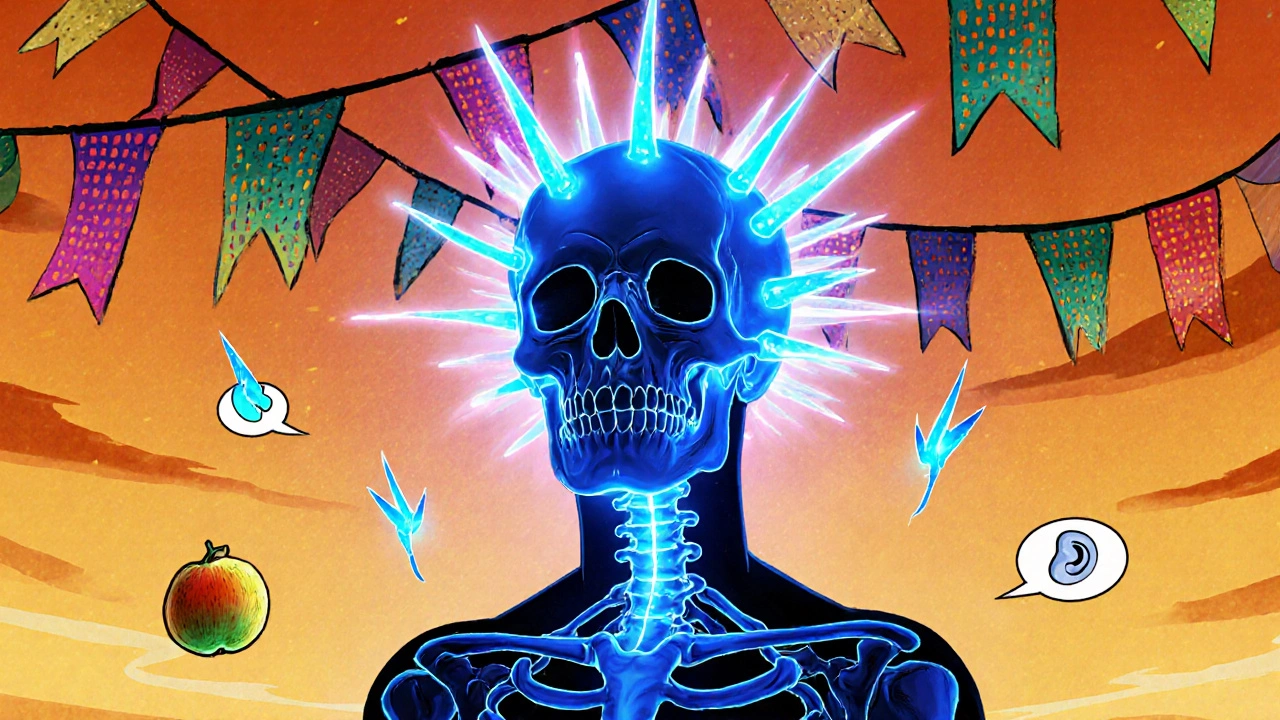

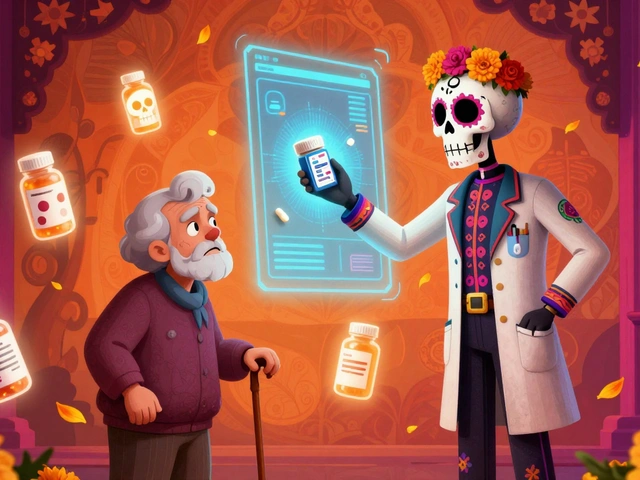

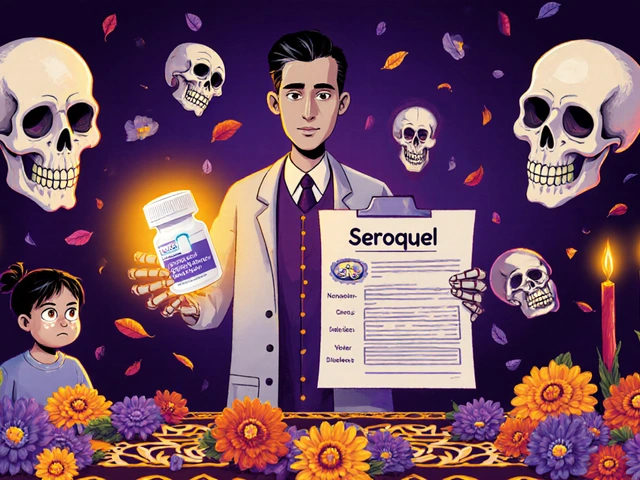
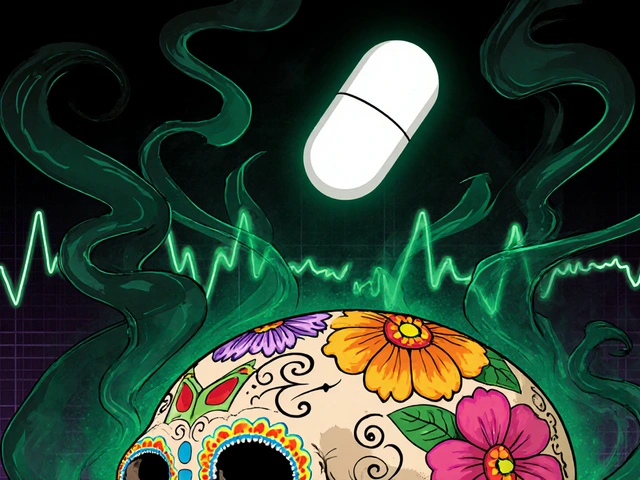
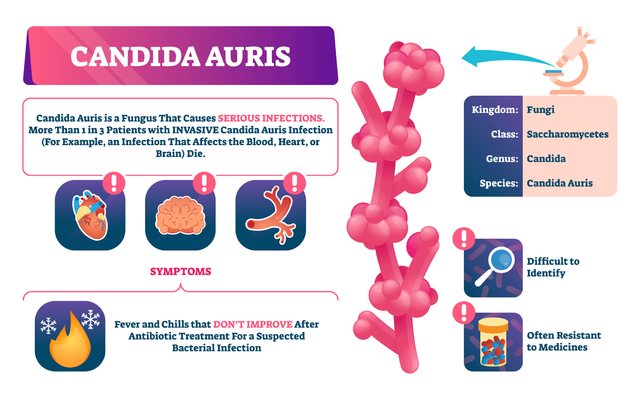
13 Comments
Ankit Yadav November 5, 2025
Baclofen saved my sister's life after years of misdiagnosis. She couldn't swallow water without screaming. Started at 5mg three times a day. By day 14 she ate soup without crying. No magic cure but it gave her back her dignity.
Meghan Rose November 6, 2025
Okay but have you read the FDA warning about baclofen and renal impairment? Like 70% of people over 65 are on some kind of diuretic and this stuff can wreck their kidneys. People just hop on this bandwagon like it's a TikTok trend.
Steve Phillips November 6, 2025
Ohhhh so we're just gonna casually prescribe a GABA-B agonist for a structural nerve compression issue? 🤡 That's like giving aspirin to someone with a bullet in their chest and calling it a win. This isn't 'management'-it's a band-aid on a severed artery. And don't get me started on the 50mg/day case study-did they even check for CNS toxicity? I mean, come on.
Rachel Puno November 7, 2025
YOU CAN DO THIS. I know it feels impossible right now but trust the process. Every tiny improvement counts. Keep that pain journal. Celebrate the days you eat an apple. You're not broken-you're healing. 💪❤️
Clyde Verdin Jr November 8, 2025
LOL baclofen? Bro I tried that and it made me feel like a zombie who forgot how to walk 😭 Then my doc switched me to a CBD tincture and I haven't had a flare in 8 months. Just saying. 🤷♂️
Key Davis November 8, 2025
While the clinical evidence presented is compelling, one must exercise due diligence when considering off-label pharmacological interventions. The pharmacokinetic profile of baclofen necessitates careful titration, particularly in elderly populations with compromised renal function. A multidisciplinary approach remains paramount.
Cris Ceceris November 10, 2025
I wonder if the nerve irritation is just the symptom and not the root. Like, why is the vessel pressing on it? Is it inflammation? Scar tissue? Or just bad luck? Baclofen quiets the alarm-but what if the alarm exists because the house is on fire?
Brad Seymour November 10, 2025
Interesting read. I’ve seen a few GPN cases in the UK and baclofen’s been a game-changer for those who can’t tolerate carbamazepine. The key is slow titration-rushing it causes more problems than it solves. Also, food helps a ton with the nausea. Just my two cents.
Malia Blom November 11, 2025
Let’s be real-this is just Big Pharma repackaging muscle relaxants as ‘nerve pain solutions’ because they can’t patent the GABA-B receptor. Meanwhile, real solutions like nerve blocks or acupuncture get ignored. Also, who funded that 2021 study?
Erika Puhan November 12, 2025
Given the neurophysiological complexity of glossopharyngeal neuralgia, the off-label use of baclofen, while theoretically plausible via GABA-B modulation, lacks robust Phase III RCT validation. The cited case series (n=18) represents level 4 evidence at best, and the absence of placebo control renders efficacy claims statistically untenable. Furthermore, the risk-benefit ratio in patients with concomitant CNS depressant use remains clinically hazardous.
Edward Weaver November 13, 2025
Why are we letting foreigners dictate our medicine? Baclofen is cheap because it’s made in India. We got better options here in America. Why not just cut the nerve? That’s what we did in the 80s. This feels like woke medicine.
Lexi Brinkley November 14, 2025
OMG I just started baclofen last week and I ate a chip today without crying 😭😭😭 this is the first time in 3 years I didn't flinch when I drank coffee 🥲❤️
Abigail Chrisma November 15, 2025
I’m so glad you shared your story, Lexi. I remember when I first started baclofen-I was terrified it wouldn’t work. But you’re right, even the smallest win matters. I used to avoid talking on the phone because I’d get a shock mid-sentence. Now I call my mom every Sunday. It’s not perfect, but it’s enough. Keep going. You’re not alone in this.